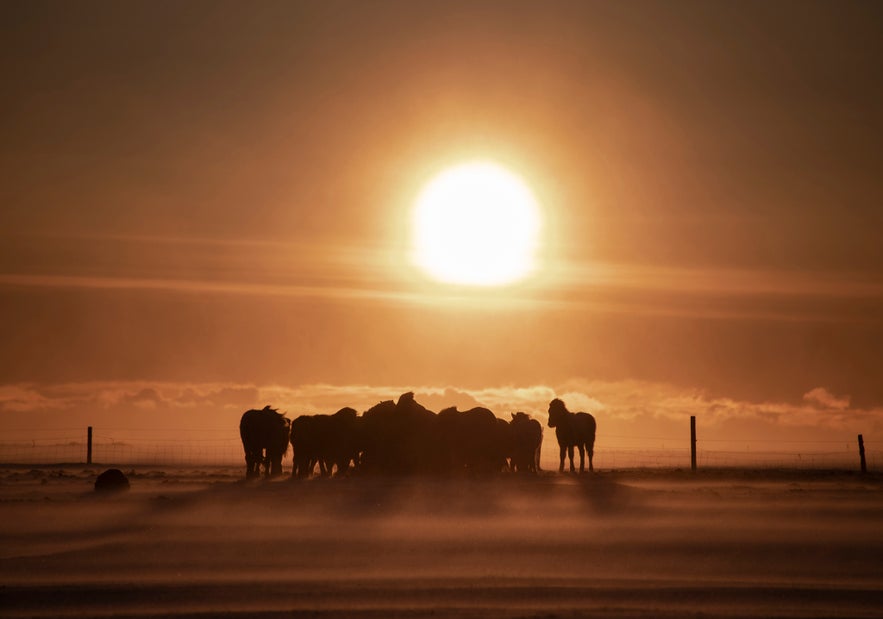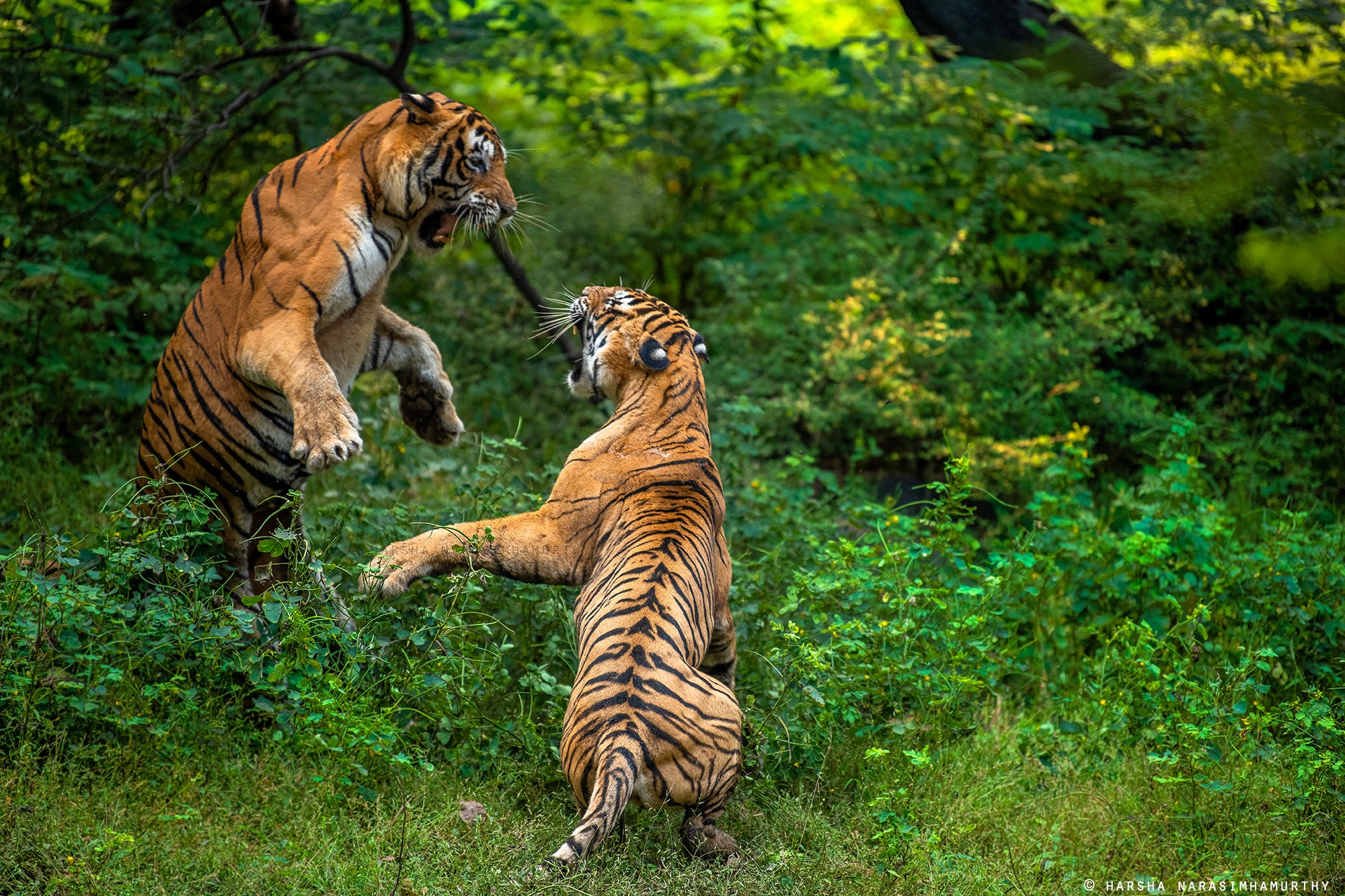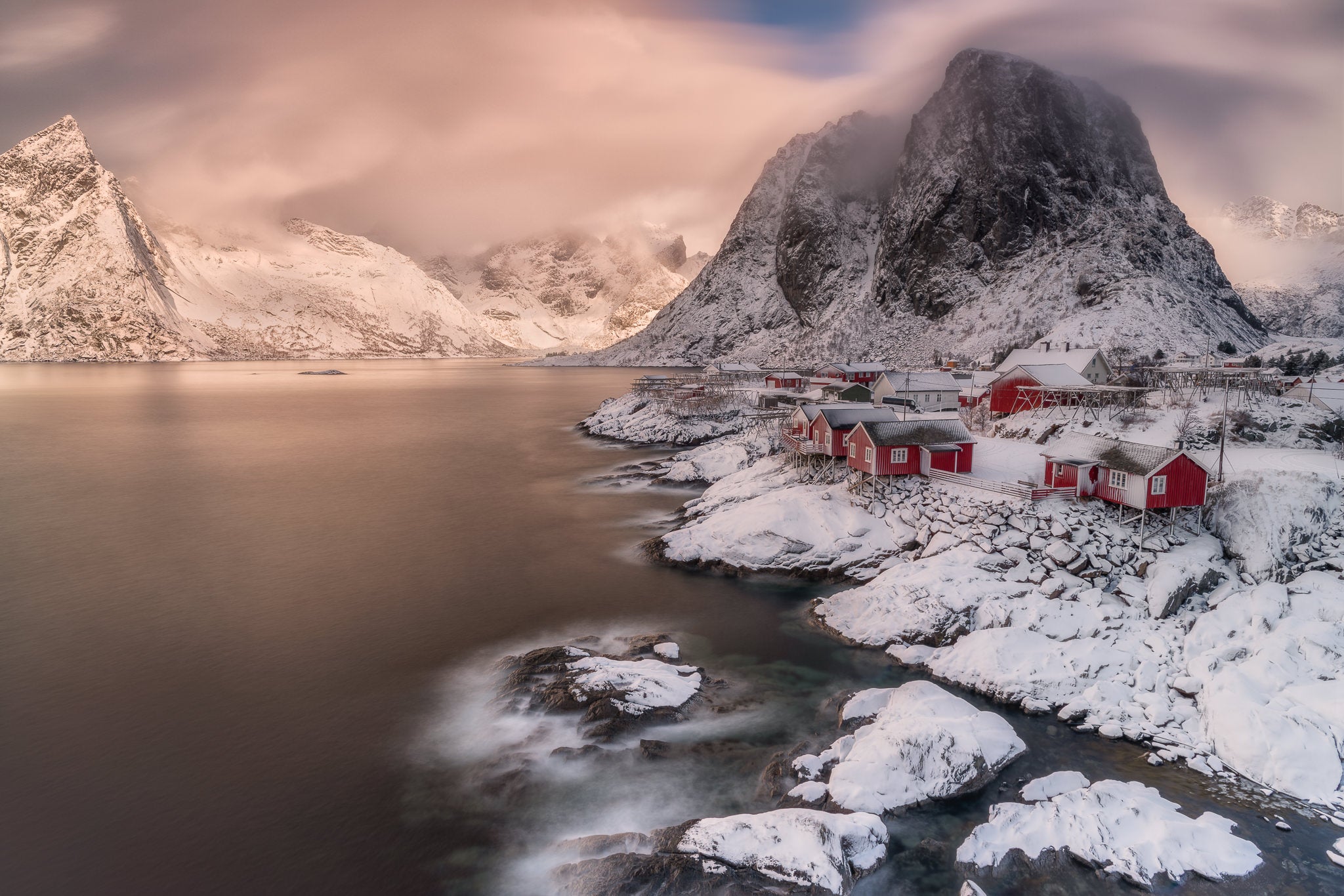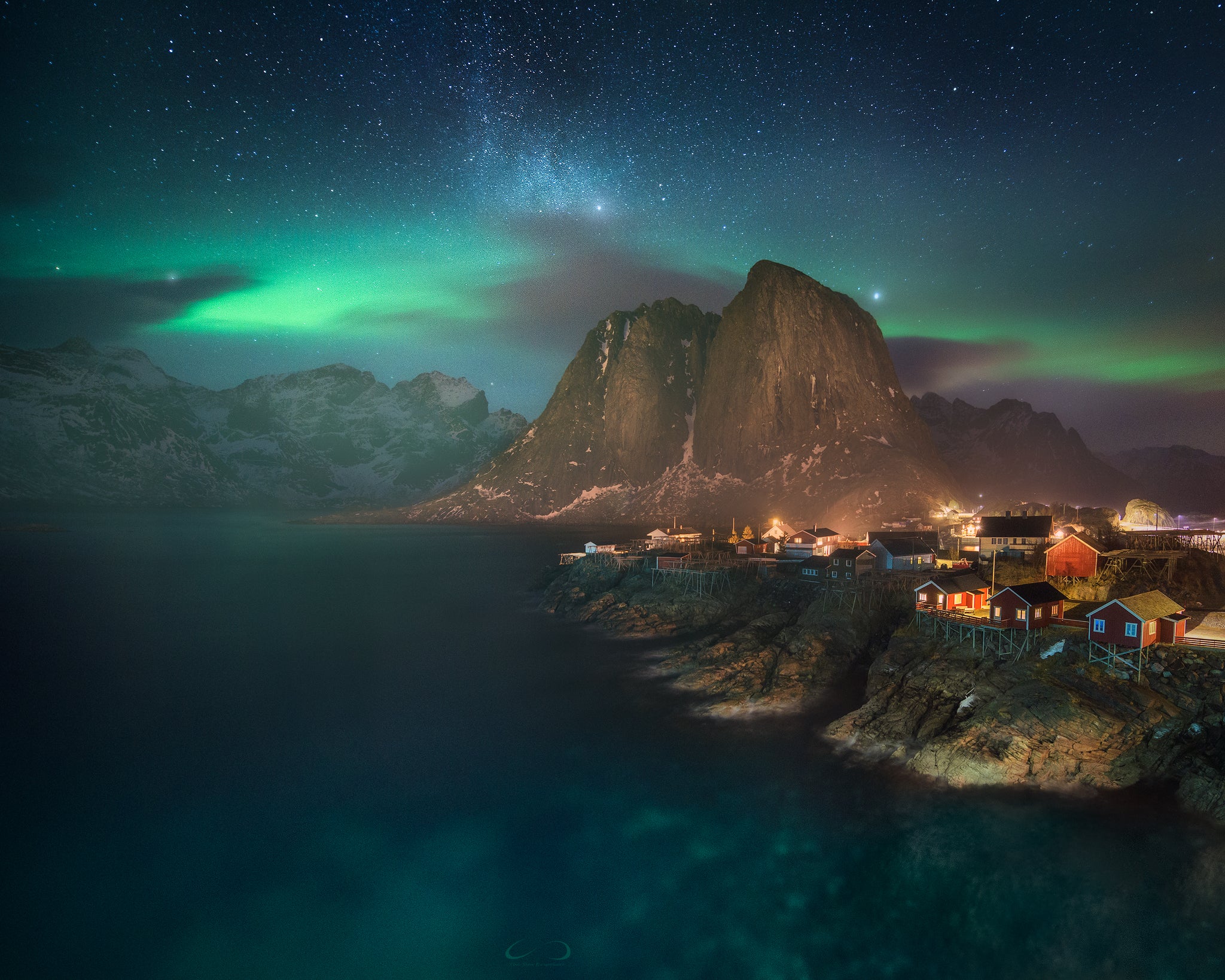
Documenting Iceland is no easy feat, though Icelandic landscape photographer Einar Páll Svavarsson is doing his best to undertake this enormous task. Having travelled the country for over three decades, his goal now is to help others to discover the beauty of the small villages and breathtaking natural wonders that make up the island that he calls home.
With over 700 articles under his belt in relation to places that he has visited and photographed, there’s no better person who is equipped for the job.
We recently had the opportunity to sit down for an interview with Einar to discuss how he came to be interested in photography, as well as what inspires him to explore.
- Check out these Winter Workshops in Iceland
- Explore these articles on Landscape and Nature Photography
- Discover this 5-Day Summer Photo Tour | Black Sand Beaches, Waterfalls & Glacier Lagoons
Hello Einar! Thank you for chatting with Iceland Photo Tours today. You’ve led a very interesting life until now, having been a political scientist before becoming a full-time photography educator. Tell us a bit about your journey through the years and how you came to develop an interest in photography.
The camera has very much been a part of my life from an early age. My grandfather, who was a shoemaker, always had a camera and enjoyed taking photos around our town and at family events. He owned a better camera than most people at that time and often took slide photos. At that time, it meant that you were quite serious about your photography, because it was more expensive as you had to send the slides film abroad to develop it. My mother was also quite interested in photography and, like her father, always had a good camera just to take photos at family events and during holiday trips. So when I bought my first reflex camera, I also bought a couple of lenses.
I took this interest in photography a bit further than my grandfather and mother, as I developed my own photos in the darkroom. As my interest developed, I started to concentrate on landscape photography mainly because I had also started to travel a lot around Iceland. Although I decided to study political science, photography was always somehow on the top of my list.
During my college and university years, I worked as a journalist for a local newspaper and always took my own photos. That was quite unusual in those days. Around 2003, when I bought my first DSLR digital camera, photography became a much bigger part of my life than I had realised it would be at the time. It was probably more like a passion. Not only the camera as such, but also the photo processing.
 Boats in the harbour at Húsavík. Photo by: 'Einar Páll Svavarsson'.
Boats in the harbour at Húsavík. Photo by: 'Einar Páll Svavarsson'.
Can you describe a bit of the process you went through in your early years as a photographer to get noticed? How did you start building your portfolio?
In the early days before digital photography, I joined photo clubs and participated in small exhibitions. Mostly black and white photos developed in a dark room. Later, at the beginning of digital photography, several websites became popular for submitting photos. At that time, I joined Fred Miranda and Flickr.
In recent years, I have mostly submitted photos to Your Shot on National Geographic. And I have many photos on my Facebook and Instagram pages as well.
 New Year's Eve in Reykjavík. Photo by: 'Einar Páll Svavarsson'.
New Year's Eve in Reykjavík. Photo by: 'Einar Páll Svavarsson'.
You’ve spent more than three decades traveling around Iceland and countless hours documenting the country in an incredible way, through a multitude of articles on your website. What drives you to do this, and how do you hope it will benefit travellers to Iceland?
Landscape photography conveys information about a particular place visually. Photographers study the best way to show a particular place and find the best time of day (or night, in case of Iceland) to get the best outcome.
I am always looking for places that I can label as interesting and use the camera to “prove” it. So when I use the camera to tell travellers about a certain place, I am also helping them select the best places to visit. In that way, I can help them reduce the time they spend on finding the most interesting places—not only as tourists or travellers but more importantly as photographers.
 The Highland track Syðri Fjallabak. Photo by: 'Einar Páll Svavarsson'.
The Highland track Syðri Fjallabak. Photo by: 'Einar Páll Svavarsson'.
How do you find lesser-known spots? Take us through some of your planning and scouting processes.
On the one hand, I have been traveling for so long in Iceland that I have been to more places than probably most people, even most Icelanders. This applies to places both in the lowlands by the coast and in the highlands. From these tours, I have stumbled across many interesting places. Places that aren't exactly part of the most popular natural wonders, but are interesting for photographers.
On the other hand, and more importantly, many books written in the last one hundred years or so in Iceland describe interesting places — books about regions in Iceland, books about the gathering of sheep, books about places of hardship in the backland, books about geology and geography, and books about hiking and travel that describe certain places. I would read about such a place, find it and evaluate if I find it interesting enough to take a photo.
Sometimes I see an interesting place that no one has ever mentioned in an old magazine or an old newspaper. I find the place and go there. Often the place is so far from common routes that it is only interesting for photographers and hikers, but sometimes the place is just stunning and has all the ingredients to become a huge attraction.
When I first discovered Stuðlagil in a photo from a travel club in the east, I knew this place would become one of the major attractions in Iceland within four to six years. I went there and spent about three hours photographing the surroundings with my younger daughter. At that time, very few visitors had been there. I also studied the place thoroughly and talked to the farmers and people living nearby. After that, I wrote an article on my website, and also in an airline Magazine, about the basalt columns, the interesting story behind this place and why it had not been discovered yet. So sometimes the time spent on one place is quite extensive.
 The beautiful Fjallsárlón glacier and lagoon. Photo by: 'Einar Páll Svavarsson'.
The beautiful Fjallsárlón glacier and lagoon. Photo by: 'Einar Páll Svavarsson'.
What’s the most important thing that people should understand about landscape photography in Iceland?
Mostly two things: the different meaning of the golden hour and the sensitivity of the Icelandic environment.
It is difficult for most people to understand that the golden hour in Iceland is a “movable” phenomenon. In midsummer, in late June, the golden hour at sunset is around midnight and the golden hour at sunrise is about 2 AM, and the golden hours are joined. In mid-winter it is more like 10 AM at sunrise and 4 PM for sunset. For those who live far south of the Arctic Circle, it is also often difficult to understand that the golden hour lasts longer in Iceland. But this is something that people should think about, plan and take into consideration.
And of course, it is very important that everyone understands how sensitive the landforms and landscape in Iceland are and always show caution when traveling or hiking in Iceland. It is very important that everyone understands that the natural wonders took tens of thousands of years to develop. It is also important to understand that only in recent decades have people visited those natural wonders as points of interest. So, to preserve the natural surroundings for future generations, everyone must think about this sensitivity of the Icelandic landscape—from the moment they book their flight to Iceland until they depart.
 Sheep at Skógafoss in south Iceland. Photo by: 'Einar Páll Svavarsson'.
Sheep at Skógafoss in south Iceland. Photo by: 'Einar Páll Svavarsson'.
Do you think over-photographed locations have anything to say anymore, or can new talents and new techniques make a difference?
It is simply impossible to over-photograph any location in Iceland. There are too many variables involved. In the last three to four decades of the 20th century, a number of photo books were published to introduce Icelandic natural wonders to the public. Most photos in those books were more or less similar in their approach. They were beautiful, but most of the time from a similar perspective, the same angle, and observably taken in the same circumstances.
With the development of digital photography and photographers coming in from other countries, many of our most interesting spots were suddenly photographed in a new way. The Seljalandsfoss waterfall is a good example. In the past, the usual photos would be in front of the waterfall. Later we got photos through the waterfall at sunset, photos that included sunrise or sunset, photos with the Eyjafjallajökull ice cap erupting in the background, photos of a frozen Seljalandsfoss—I could probably go on and on. Not only do these locations change from one season to another, but we must also remember that the sun is a peculiar lightbulb in Iceland.
 Snow at Eyjafjallajökull. Photo by: 'Einar Páll Svavarsson'.
Snow at Eyjafjallajökull. Photo by: 'Einar Páll Svavarsson'.
Are there any images that you’ve chosen not to take in the past for personal or other reasons?
As my photography mostly focuses on Iceland and landscape photography, I would always take a photo when I come across a great place or a great motif. I don't recall ever coming to a place and thinking it should not be photographed.
I might, on the other hand, choose not to publish a photo on the Internet or social media, because the surrounding area might be too sensitive to catch the interest of hundreds of visitors. Other reasons might also pertain to that place being difficult to visit and requiring professional hiking.
Tell us a bit about your favourite locations for photography in Iceland.
My favourite area is Landmannalaugar and the surrounding area, both Nyrðri Fjallabak and the area within the Torfajökull caldera, including Syrði Fjallabak. It is perhaps one of the most interesting places to take landscape photos on the planet. The geological history of the region stretching from Eldgjá all the way to Landmannalaugar and to the southern part of Torfajökull caldera is quite unique. A large part of that area is a product of rhyolite and geothermal activity that has painted the landform in different colours and different materials, ones that you would probably not find in many places on the planet. Many places are for hiking only and difficult to visit but, photographically speaking, the reward is outstanding. As for the whole area, it is always important to bear in mind that it is a very sensitive place and only open for photography from the end of June until the beginning of September, as it is covered with snow the rest of the year.
 Landmannalaugar. Photo by: 'Einar Páll Svavarsson'.
Landmannalaugar. Photo by: 'Einar Páll Svavarsson'.
Where do you find inspiration besides the natural surroundings in Iceland?
Around the coast of Iceland, there are about 50 towns and villages. Small villages that came about either as trading posts or fishing posts or sometimes both. Many of them have interesting buildings, interesting mountain backgrounds and are often placed in beautiful fjords. A walk through these villages can often be quite an inspiration—like in the middle of a bright night when the sun is coming up.
- See also: Haifoss is More Than One Waterfall
Has there been a photo shoot that you’ve undertaken that has been the most memorable for you?
One of my most memorable photo shoots in recent years was on a whale-watching tour in Húsavík. As the boat left the harbour, for some reason I decided to configure my camera exactly the way I would like to have it if a humpback would breach. Seconds after I had fully configured the camera, the skipper shouted, “Eleven o'clock on your left side.” I quickly pointed the camera to a large whale pointing its nose through the surface of the water and took a bunch of continuous shots while the large fifteen-ton animal was breaching.
During the whole tour, which took about four hours, I was very nervous that the focus hadn’t been right or something else had gone wrong that I couldn't see until I downloaded the photos on my computer. When I managed to do that, I saw that all the shots were great. It was not only a relief, but I kind of stayed high for hours.
 Humpback whale breaching. Photo by: 'Einar Páll Svavarsson'.
Humpback whale breaching. Photo by: 'Einar Páll Svavarsson'.
What was the most curious story behind one of your photographs?
Most definitely the story behind my photos from the Stuðlagil Canyon. Not only was the photo tour and the hike to the more fascinating east side of the canyon quite interesting, but so was the discussion with the landowners (wherein I asked for permission to publish the photos on social media and on my webpage). To me, it was obvious that it would most likely become a popular place to visit.
In addition, the whole story about the Jökulsá river, the dam and the hydroelectric power plant, along with the effect it had on the canyon, made it one of the most interesting stories behind any of my photos.
 The hidden gem of Stuðlagil in Iceland. Photo by: 'Einar Páll Svavarsson'.
The hidden gem of Stuðlagil in Iceland. Photo by: 'Einar Páll Svavarsson'.
What would be some tips you would give to a beginning photographer?
For landscape photography, I would advise walking around the area when they have selected a place to photograph and trying to find a new point of view. Changing the angle when photographing often leads to surprising results.
I would also encourage them to walk with the camera in addition to using a tripod and changing the configuration—not only the speed and aperture but also the ISO setting.
I also think it is important to look at the camera and the sensor as a tool to gather and absorb information and not to compare it to the traditional film. A sensor is much more sophisticated than a film. It is more like a tool that picks up details and colours, which can be utilised in many ways during processing to convey what you actually experienced. The sensor and processing software is, in my opinion, a much better and more advanced duo than the film and the darkroom to capture the correct photo. A much better tool to communicate what you saw.
 Múlagljúfur canyon is hidden in plain sight in Iceland. Photo by: 'Einar Páll Svavarsson'.
Múlagljúfur canyon is hidden in plain sight in Iceland. Photo by: 'Einar Páll Svavarsson'.
Thinking more in the present, are there things happening in the world of photography now that interest you?
A lot of things. On the technical side, the development of the mirrorless camera, which has basically just begun, is huge for landscape photography. Everything that changes the weight of the gear without compromising quality is good. I also see new and interesting products such as tripods, bags, filters and other noteworthy inventions, other than the actual camera. And currently, we are seeing developments in processing software that have already taken the price down considerably and given everyone affordable access to many sophisticated tools.
On the photographic side, I find it extremely interesting how strong the photo is in modern life when it is quite easy to take and process videos. There will remain a creative side to the photo that will continue to challenge the creative side in people, and that is the key to the popularity of photography. I am often pleasantly surprised to experience how much dedication and effort people who practice photography as a hobby put into it with often stunning results.
 Lóndrangar stretches out towards the sea. Photo by: 'Einar Páll Svavarsson'.
Lóndrangar stretches out towards the sea. Photo by: 'Einar Páll Svavarsson'.
Once we finish this interview, you step outside and you find a lottery ticket that ends up winning you 10 million dollars. What would you do?
Nothing much different than what I am doing today. I have always been very much a family man and have a good relationship with my family. That is and has always been the most important thing. I would probably invest more in the travel industry in Iceland, buy more photographic gear and spend more time just photographing and hiking in areas that are interesting and that not many have visited. I would also spend more time as an activist advocating for the preservation of the environment and lobbying to have the whole highland in Iceland assigned the status of a national park, which I think is urgently needed.
For more information about Einar's work, check out his website or find him on 500px!
Would you like to explore Iceland for yourself? Get off the beaten track with our 3-day adventure in the Icelandic Highlands.












